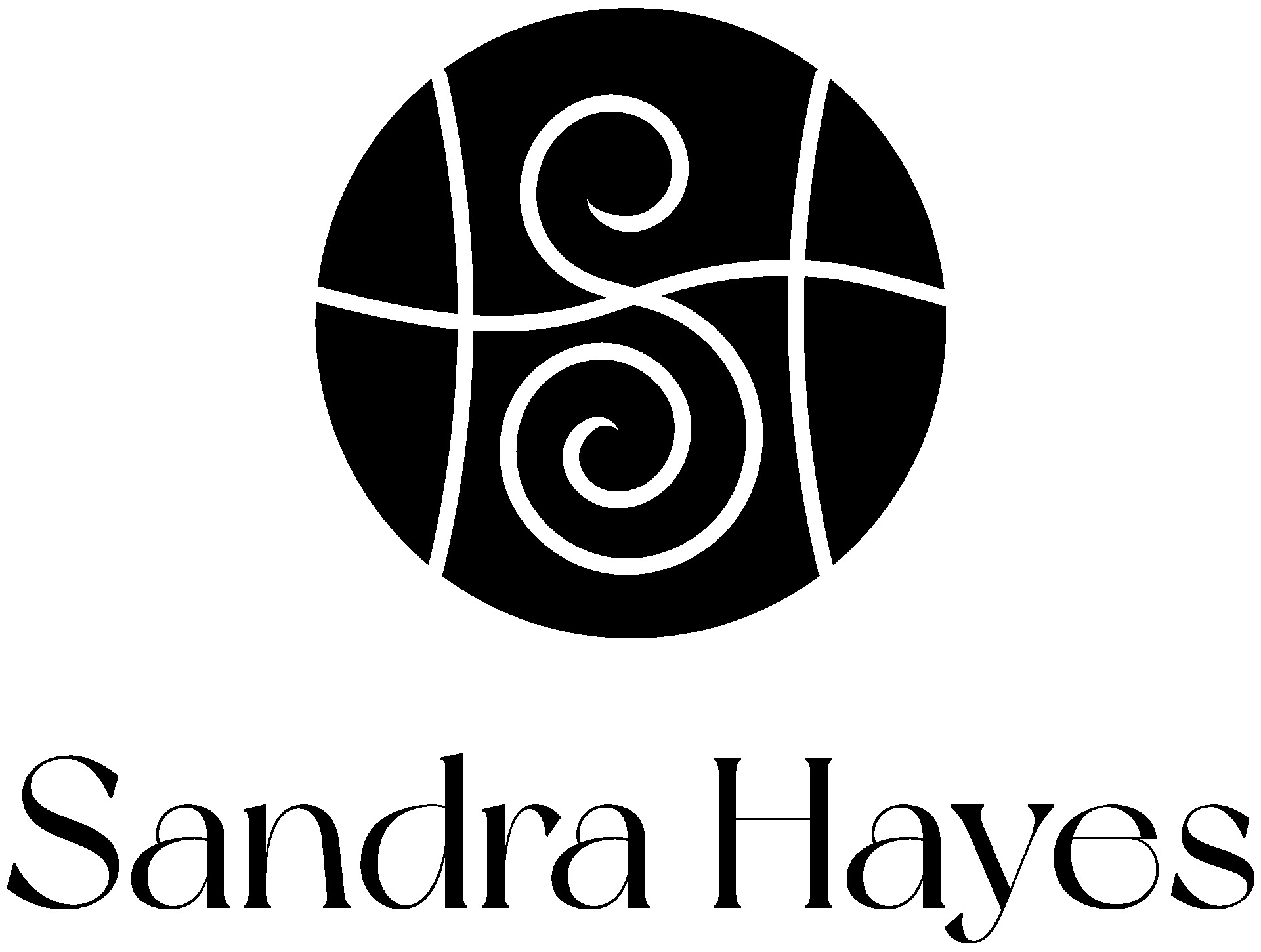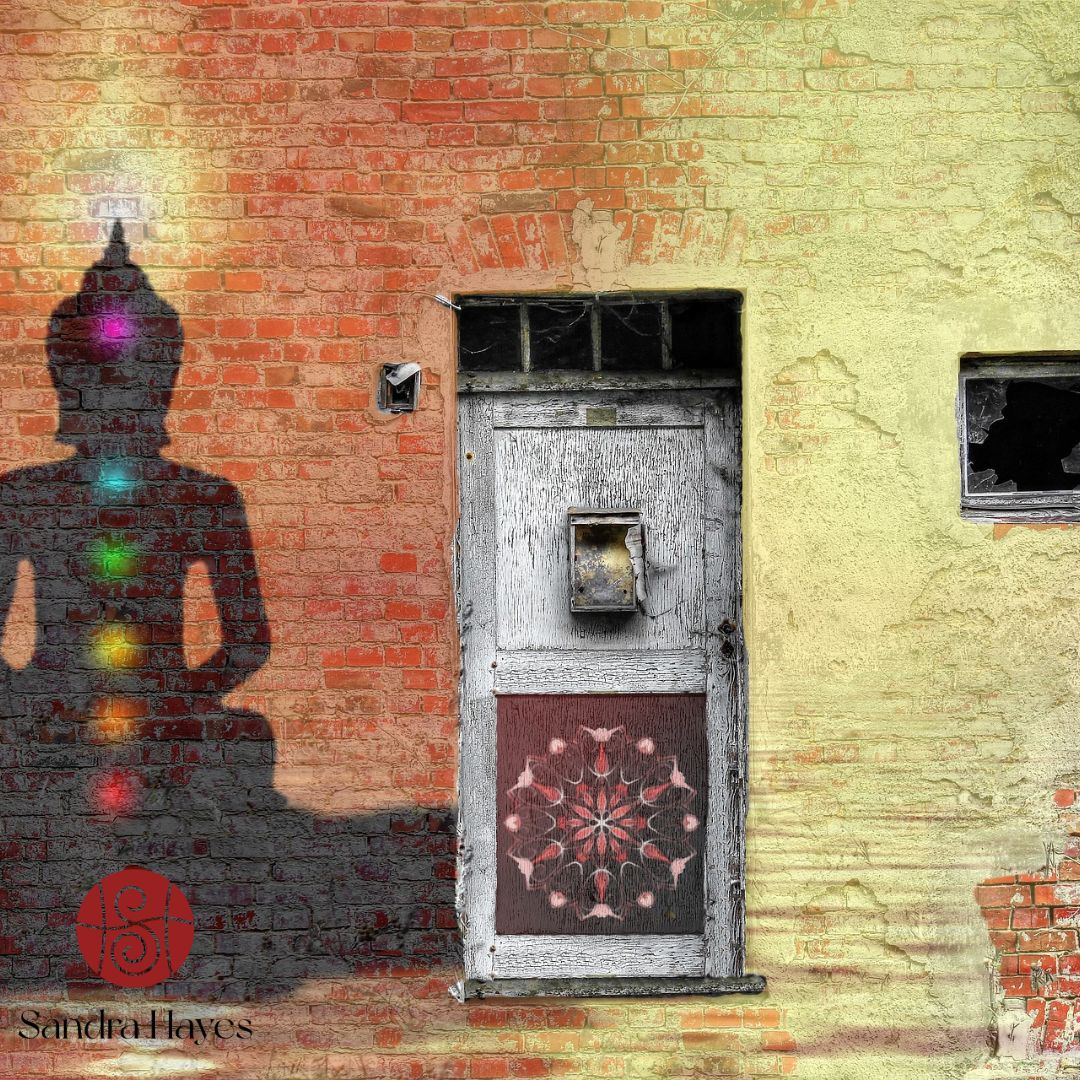In the evolving field of psychosomatic medicine, it is now widely recognized that trauma and chronic stress are not merely psychological—they are physiological. These experiences are embodied, stored in the tissues, breath patterns, and autonomic nervous system. While practices such as mindfulness, somatic therapy, and therapeutic movement have become central to integrative care, Ashtanga Yoga remains a largely underused and often misunderstood system.
Pattabhi Jois’s Primary Series is traditionally known as Yoga Chikitsa, or “yoga therapy,” and for good reason. Yet the therapeutic depth of this system is not immediately obvious. It requires a closer look at the subtle, layered ways in which yoga affects the psychosomatic body.
Often mistaken for a dogmatic or athletic discipline, Ashtanga Yoga—when approached with therapeutic sensitivity—is not a practice of performance, but of presence and Ayurvedic balancing. It offers a structured, breath-centered path toward self-regulation, somatic reintegration, and internal strength—all foundational to healing in psychosomatic conditions.
Breath and Bandha – Stimulating the Vagus Nerve, Regulating the Whole System
At the heart of Ashtanga Yoga’s therapeutic effect is its integration of Ujjayi breathing and Mula Bandha. These are not merely supportive techniques—they are central mechanisms through which the practice exerts influence on the autonomic nervous system, which governs stress response, digestion, immune function, heart rate, and more.
What makes these practices so powerful is their direct effect on the vagus nerve—the tenth cranial nerve, and a primary component of the parasympathetic nervous system.
The vagus nerve (“vagus” meaning “wandering” in Latin) travels from the brainstem, down through the throat, chest, and into the abdominal and pelvic cavities. It innervates nearly every major internal organ along the way: heart, lungs, digestive tract, kidneys, and reproductive organs. It serves as a critical communication channel between brain and body.
When this nerve is gently and rhythmically stimulated, the body shifts from a sympathetic (fight-or-flight) state into a parasympathetic (rest-and-digest) state. This shift is central to healing in psychosomatic conditions, where chronic disregulation of the nervous system contributes to widespread symptoms.
Ujjayi breathing stimulates the vagus nerve at the cervical level, through the throat. The light constriction of the glottis and the prolonged, controlled exhalation enhance vagal tone—slowing the heart rate, lowering blood pressure, and creating a felt sense of calm. The auditory component of Ujjayi also engages the vagus through the inner ear and vocal tract, adding further regulatory input.
Mula Bandha, when activated skillfully, stimulates the vagus nerve at the sacral level. Engaging the pelvic floor tones the musculature surrounding the lower branches of the vagus and supports the health of the deep organs of the lower abdomen. It also draws awareness into the lower body, an essential counterbalance for those whose trauma manifests as disconnection from the core or dissociation from the lower half of the body.
When Ujjayi and Mula Bandha are practiced together, they create a bi-directional stimulation of the vagus nerve—from the throat to the pelvic floor—sending coherent signals of safety throughout the entire system. This unified engagement creates a full-length regulatory arc through the central channel of the body, from the base to the skull.
This vagal stimulation is not abstract—it is somatic. It is felt as steadiness in the breath, warmth in the core, and a settling of the mind. Over time, this builds the capacity for emotional regulation, physiological resilience, and a more integrated sense of self.
Even without advanced postures—or any asanas at all—these two foundational elements, when practiced consistently, can have a transformational impact on the entire organism, offering a potent form of internal medicine through breath, awareness, and gentle muscular activation.
Sūrya Namaskāra – Igniting Agni, Awakening the Self
Each session of Ashtanga Yoga begins—following a period of internal preparation and the establishment of Ujjayi breath and Mula Bandha—with Sūrya Namaskāra A and B, the Sun Salutations. More than mere physical preparation, these sequences act as a metabolic and energetic ignition, awakening both body and mind.
In Ayurvedic terms, they stimulate Agni, the inner fire responsible for digestion, cellular intelligence, and mental clarity. In psychosomatic terms, Agni represents not only the body’s capacity to metabolise food, but also its ability to process experience—emotions, stress, and memory.
The steady rhythm of Sūrya Namaskāra:
– Stimulates cardiovascular and lymphatic flow
– Aligns breath with movement, supporting nervous system coherence
– Warms the fascia, joints, and musculature for deeper release
Beyond physiology, the Sun has profound symbolic meaning. In Jyotish, or Vedic astrology, Sūrya (the Sun) represents Ātman—the soul, or essential Self. It is associated with clarity, confidence, and purpose. When psychosomatic conditions erode self-esteem and create fragmentation, daily Sun Salutations become more than movement. They are a ritual return to selfhood—a salutation to inner light.
Fascia – The Body’s Emotional Archive
Following Sūrya Namaskāra, the Primary Series moves through a set sequence of postures, beginning with six fundamental asanas that engage the body’s myofascial network. Fascia, once considered inert, is now understood as a sensory-rich, emotionally responsive tissue. It surrounds and connects muscles, bones, and organs, adapting constantly to the body’s physical and emotional states.
Under chronic stress or trauma, fascia can become dense, dehydrated, and restricted. This has a direct impact on both posture and emotion. The Primary Series addresses this through rhythmic, breath-infused movement, which:
– Softens and hydrates major fascial meridians
– Releases stored tension in the deep front line (associated with fear and protection)
– Increases interoception—the capacity to feel and interpret internal bodily states
The six fundamental postures and the early standing sequence target key fascial lines: the superficial back line, lateral lines, spiral lines, and deep core structures. As fascia becomes more supple, the body regains mobility—and the nervous system begins to access safety and responsiveness rather than reactivity.
Hormonal Balance and the Chakras – Subtle Systems of Integration
In addition to the respiratory, fascial, and nervous systems, Ashtanga Yoga also acts on the body’s endocrine system—the network of glands that regulate hormones essential to emotional balance, metabolism, sleep, and reproductive health. Each posture in the Primary Series stimulates different hormonal centers through breath, internal pressure, and muscular engagement: inversions affect the pituitary and pineal glands; forward bends and twists stimulate the adrenal glands; and pelvic floor engagement supports the reproductive organs.
This physiological impact aligns with a more subtle, energetic model—the chakra system. Rooted in yogic tradition, the chakras are seven primary energy centers located along the spine, each connected not only to specific organs and endocrine glands but also to psychological and spiritual themes such as safety, identity, expression, and insight.
When practiced with attention and sensitivity, Ashtanga Yoga supports the harmonization of these subtle centers in a systematic way – from the lower chakras up to the higher ones. The breath acts as a bridge between gross and subtle, and Mula Bandha becomes a stabilizing anchor for both hormonal grounding and energetic containment. Over time, the rhythm and repetition of the practice gently rebalance internal systems—both visible and invisible.
For practitioners navigating psychosomatic conditions, hormonal imbalances, or transitional life phases (such as perimenopause), the practice can offer deep recalibration. Not through force, but through steady breath, somatic presence, and the quiet intelligence of form repeated with care.
Structure as Safety – A Non-Competitive, Therapeutic Approach
Ashtanga Yoga is often perceived as rigid or hierarchical, but when practiced with care, it offers exactly what many healing bodies need: rhythm, repetition, and structure. The set sequence is not a test to pass but a container in which to develop intimacy with breath, body, and mind. This predictability becomes a source of psychological safety—especially important for those with trauma or psychosomatic disorders, where internal experience often feels chaotic or overwhelming.
Adaptations can and should be made. Postures may be simplified, slowed down, or skipped entirely. What remains essential is the quality of attention, the integrity of breath, and the consistency of practice.
Yoga Chikitsa – Yoga as Medicine
In its original form, the Ashtanga Primary Series is not about mastering postures but about restoring balance. It is Yoga Chikitsa—a daily treatment for the whole being. It kindles Agni. It activates the breath. It mobilizes fascia. It stimulates the vagus nerve. It brings structure to the chaos and teaches presence through repetition, and confidence through discipline.
For those suffering from psychosomatic illness, chronic stress, hormonal imbalance, or trauma, this practice offers something profound: not a quick fix, but a path. A way back into the body. A reconnection with the self. A return to rhythm, to resilience, and to wholeness.

About Me
I’m Sandra Hayes—a yoga teacher, Vedic practitioner & counsellor, dance movement and creative therapist, and writer. For over 30 years, I’ve been working with movement, breath, storytelling, and ancient wisdom to support people on their path of healing, integration, and self-discovery.
My work weaves together Yoga, psychosomatic awareness, Ayurveda, Vedic Astrology and philosophy, and creative expression—always with deep respect for the body’s intelligence and the rhythm of real transformation. Whether I’m teaching a retreat, offering a 1:1 session, or guiding a group through movement or myth, my intention is to help you return to your body, reconnect with your inner knowing, and feel more whole.
You can explore my offerings here:
- Workshops & Courses
https://sandrahayes.eu/courses-and-events/ - Books and Articles
https://sandrahayes.eu/books-articles/ - Vedic Soul Mentoring & Creative Guidance
https://sandrahayes.eu/soulsessions/ - Vedic Astrology Readings
https://sandrahayes.eu/jyotish/
If you’d like to stay in touch and receive occasional reflections, practices, and news about upcoming events, you’re welcome to sign up for my newsletter:

